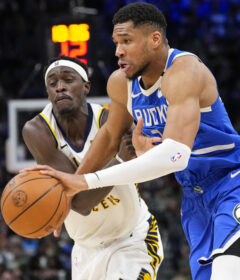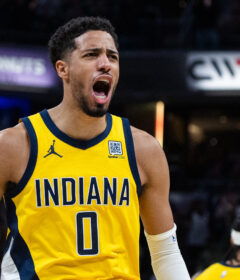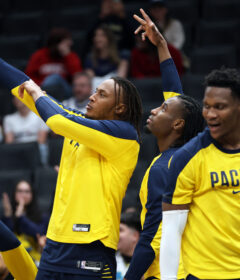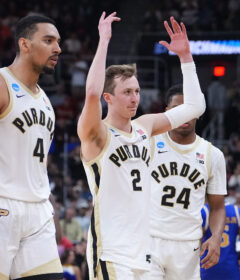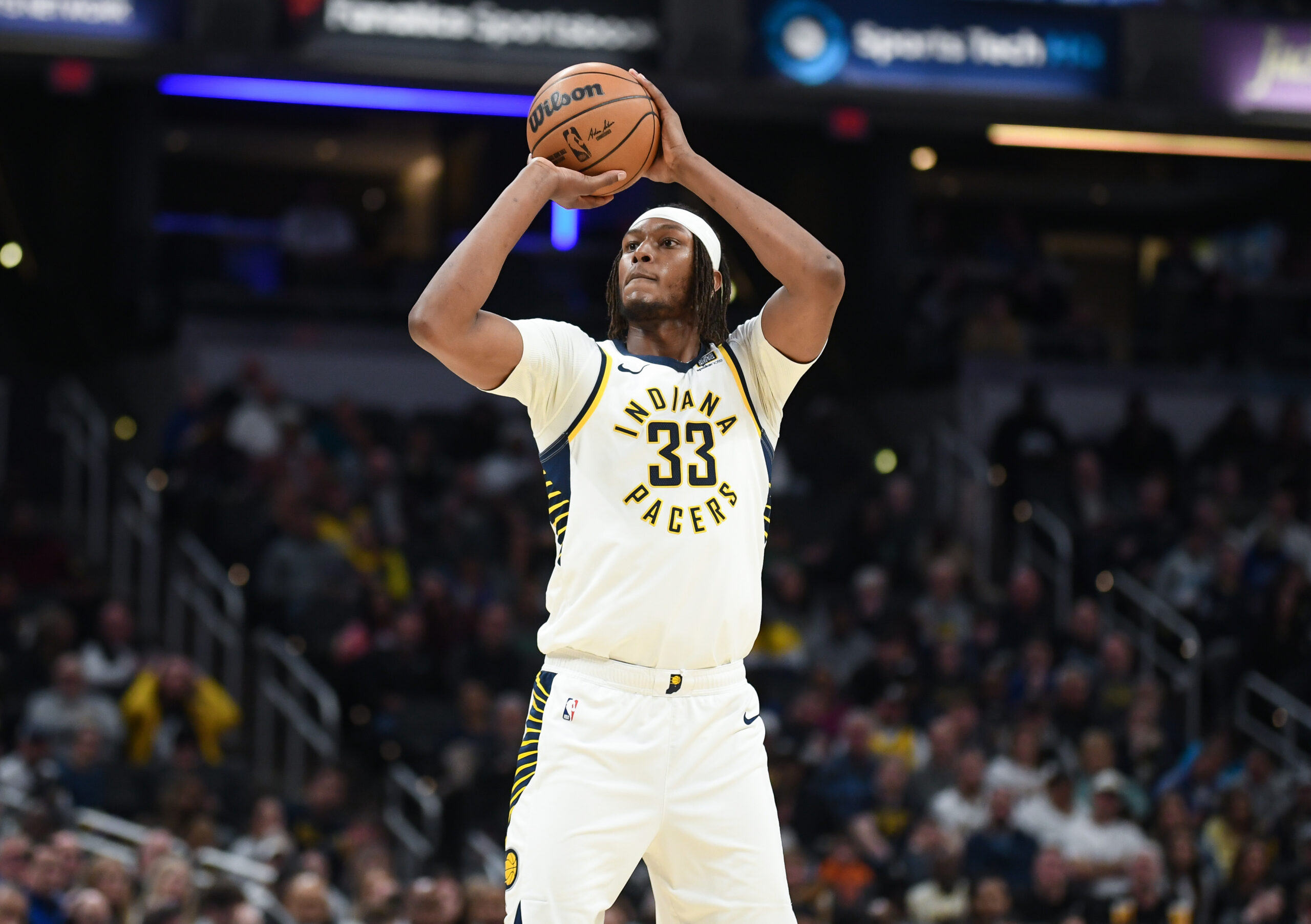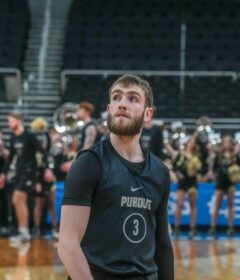Butler Notebook: What we learned from the Temple victory

By CHRIS GOFF
ISL Correspondent
INDIANAPOLIS – Amid all the mayhem, all the upsets, surprises and VCU losses, Butler sits alone atop the Atlantic 10 standings with a 4-1 record in conference play.
Only league games factor into a team’s seeding for the A-10 tournament in March, so the Bulldogs knew they couldn’t live off their laurels. Beating Indiana, Marquette, North Carolina, Gonzaga – all that’s nice, but it won’t help them finish first in their new conference. Rotnei Clarke and company almost had to start anew when league play opened 17 days ago.
Every night is an absolute battle, Temple coach Fran Dunphy said. It’s got great coaches, terrific players. Butler just adds to that.
Correction: Butler is topping that.
Dunphy would know. His Owls were mostly smoked out of Hinkle Fieldhouse in the first-ever meeting between the two storied programs. With Temple departing for the Big East next season, it might be the only meeting.
Here’s what else we learned in Butler’s 83-71 victory Saturday night:
— Clarke’s return, which, as the subject of my game story, is in need of no belaboring, sparked a virtuoso performance by the Bulldogs’ offense. Butler shot 52 percent from the field Saturday to follow up outings of 50 percent against Gonzaga and 49 percent versus La Salle.
When Brad Stevens uses Clarke and Kellen Dunham together in the backcourt, and stays with Roosevelt Jones, Khyle Marshall and Andrew Smith up front, the Bulldogs field a lineup with five players capable of going off for 15 points at any time. Few teams in college basketball offer such a combination. As I mentioned to my colleague Cliff Brunt during the game, Butler threw all those points on the board even while running few post-ups for Smith and Jones. The Bulldogs can play with their back to the basket, shoot 3-pointers and work the middle off the dribble. That’s quite an arsenal. Finesse or power. Slow or fast. The better Dunham becomes, the more defenses just pick their poison.
— Butler’s 17-3 record is sparkling. At 13-6, Temple’s isn’t nearly as good. That appears to accurately reflect the difference between the two teams. On Saturday, the Owls seemed to lack grit and determination, not always playing with the necessary focus and resolve. Dunphy appears unsettled on the point guard spot, with Will Cummings falling out of favor. The offense is too dependent on Khalif Wyatt. Anthony Lee and Scootie Randall are underachieving. The rest of the supporting cast is wildly inconsistent. Temple looks hard-pressed to do three games better than Butler for the remainder of conference play, so in terms of finishing first, the Owls are probably one less team for the Bulldogs to worry about.
— Clarke showed no fear or hesitation in penetrating the defense. That’s no small accomplishment. The kid’s not stupid. He knows what might have happened in a worst-case scenario during that terrible fall. Clarke said in the news conference afterward that the incident put things in perspective. So for him to absorb contact as freely as before indicates he’s going full-speed, both physically and mentally.
— Randall said of Clarke afterward that he never stops moving. Indeed, Clarke is tireless. Randall played all 40 minutes Saturday. In a close game in March, assuredly Clarke could do the same.
— Clarke will compete with Wyatt in the race to become a first-team all-conference selection at guard. Wyatt is a two-way player. He passes well. He can handle point guard duties, as he did for most of the Butler game after the early injury to T.J. DiLeo. In addition to dishing six assists, the senior knocked down 4 of 6 3-pointers Saturday. He entered the contest shooting just 30 percent from behind the arc this season. But Wyatt hit nearly 40 percent last season, so if the 3s start falling again, look out.
— Stevens essentially used a three-man bench: Erik Fromm, Kameron Woods and Dunham. The sixth-year coach said Fromm’s minutes have been reduced because of the quality of Smith’s play. More interesting is the backcourt rotation. In a game with major conference implications, Stevens didn’t see fit to use Jackson Aldridge or Chase Stigall. And why would he? Between Clarke, Dunham and Alex Barlow, Stevens has more than enough shooting, ballhandling, size, playmaking and defense to go around. Stevens may well be cutting the cord on Stigall, a longtime fixture in the rotation.
— Barlow typically affects any game in which he receives 15 minutes of playing time. Saturday was a rare exception. Barlow went scoreless, and his defensive abilities served no purpose against the size of Wyatt. Barlow committed four fouls, too.
— Dunham benefitted from Clarke’s absence. In that time, the touted freshman practiced aggressively seeking his own offense as a primary option. He responded with big performances against Gonzaga and La Salle, scoring 14 points and 15 points respectively, and this newfound groove carried over even with Clarke in the lineup. Dunham didn’t defer. He made aggressive plays with the ball in transition and in the halfcourt. Dunham’s 17 points had Dunphy shaking his head afterward.
— Butler is 10-0 at Hinkle Fieldhouse this season. Some road team will have to put together a complete performance to win there. Unless the Bulldogs play poorly, Saint Louis and Xavier are likely the only teams left on the home schedule capable of pulling it off.
— The tests keep coming. On Thursday, Butler visits Saint Louis, another contender. The Billikens are the only team Butler faces twice in conference play.



